In the context of the world suffering from extreme weather events, the impact of climate change, resource depletion, lack of energy supply, pressure from population growth and rapid urbanization, countries around the world, including Vietnam, are all orienting their development policies towards green, smart, low-emission and sustainable development.
In Vietnam, the policies of the Party, State, National Assembly and Government are consistent in the viewpoint and goal of economic development must be associated with environmental protection, economical and efficient use of energy and resources, reduction of greenhouse gas emissions, and ensuring human health. Along with the world's green transformation trend after COP 26, many enterprises and investors in Vietnam in general and in the construction sector in particular have developed and implemented specific plans and solutions to develop enterprises in a green direction, low emissions and towards carbon neutrality as the target by 2050 that the Government has committed to. However, to achieve the above goal, there are many challenges, requiring determined efforts and specific, practical and effective actions from all relevant parties.
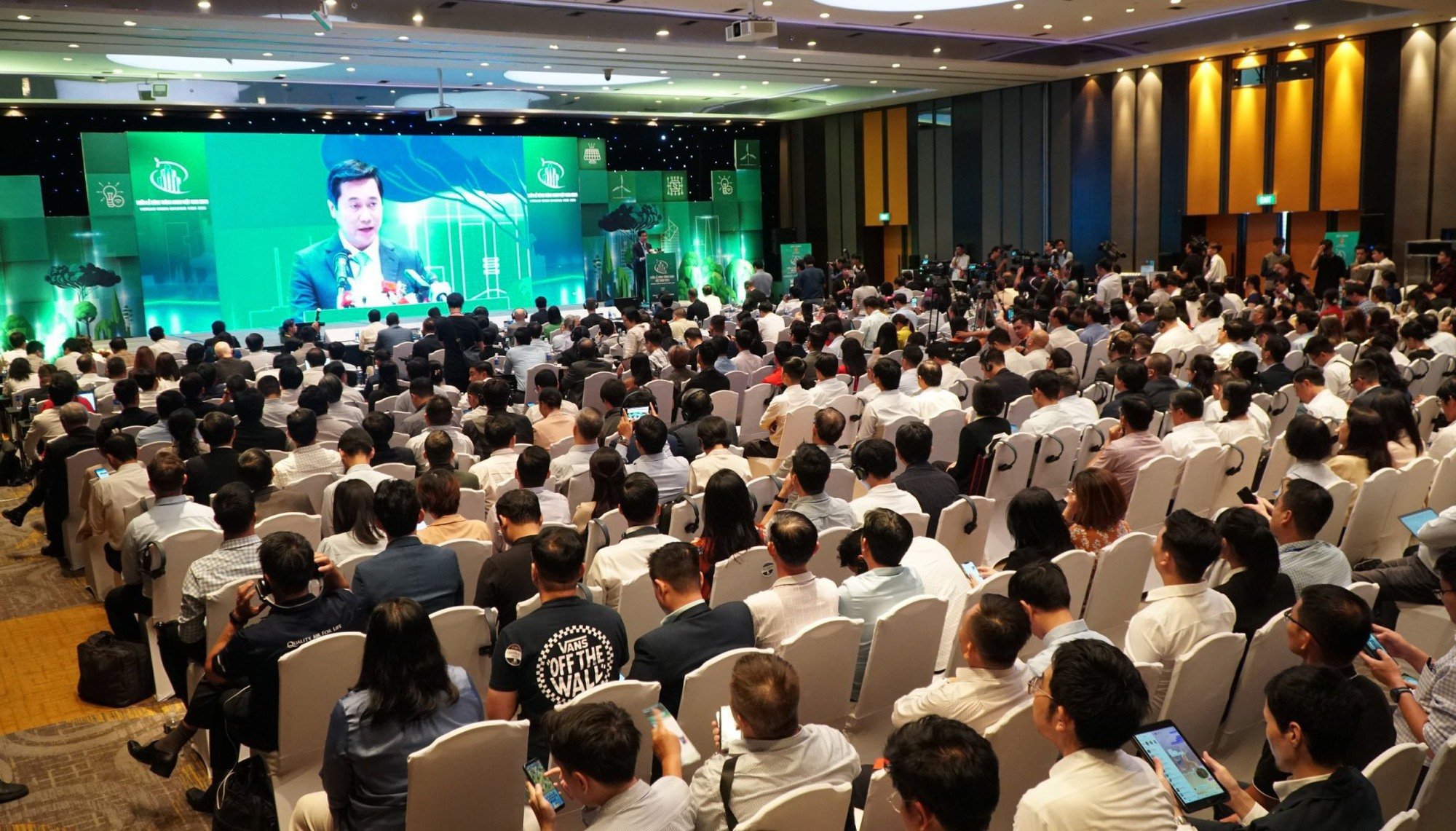
Managers, experts and businesses all believe that green buildings will become an inevitable trend.
Ms. Luu Thi Thanh Mau, General Director of Phuc Khang Corporation, one of the leading enterprises in developing green real estate projects, said that after nearly 10 years of pursuing the construction of green buildings, she has achieved some successes. Accordingly, the energy consumption of the community, of thousands of residents, has decreased by 50% in terms of electricity, water and many other indicators. However, when doing green buildings, her enterprise faced 5 challenges.
First of all, the process of creating a green building is not overnight but a very long process, possibly decades. From the beginning of design, choosing land to construction, operation and then improving the product. The second thing is very important, behind and bigger than the green building is the green community. We are in the stage of promoting green utilities and green actions in the community. Because investors, designers or constructors only go through one stage. The last step is to transfer to the community so that they can implement the green community. This is the stage where businesses can accompany the community, not just sell and that's it. For example, Phuc Khang has a team that sets up green building handbooks, helping residents and the community and guiding them to practice green.
Third, replicating models of social infrastructure, utility infrastructure, and architectural infrastructure, the purpose of upgrading new urban areas to green urban areas is inevitable. Fourth, is the issue of human resources. There are many things that need to be done, so human resources are important. The last thing, as the Prime Minister announced at COP 26, is to continuously maintain the issue of realizing COP 26.
Mr. Bui Xuan Cuong, Vice Chairman of the Ho Chi Minh City People's Committee, said that most recently in September 2023, the 4th Ho Chi Minh City Economic Forum 2023 took place with the theme "Green Growth - Journey towards zero emissions" with many important activities and events attracting more than 120 experts, speakers, and domestic and foreign enterprises to participate in the forum. The forum has practical significance, contributing to introducing and promoting green growth products and services of Vietnam and other countries. Thereby, it has promoted and raised awareness of actions of people and businesses in Ho Chi Minh City on developing a green economy and a circular economy.
The Ho Chi Minh City People's Committee has directed the Department of Construction and related departments to coordinate in implementing many synchronous solutions to promote the formation of habits of using energy economically and efficiently in social activities, in production and business establishments and in construction works, contributing to ensuring energy security, protecting the environment, towards the goal of green growth, developing smart and sustainable urban areas.

A green building built in Ho Chi Minh City
Deputy Minister of Construction Nguyen Tuong Van also said that Vietnam does not have mandatory regulations for green buildings, the development of green buildings is carried out voluntarily and encouraged. However, after more than 15 years of development, the number of green buildings in Vietnam has reached about 300 with a total floor area of about 7.2 million m2 . Ho Chi Minh City ranks first in the country in the number of green buildings with 67 buildings and second in the floor area of green buildings certified with 1.264 million m2 . Types of green buildings have expanded from office buildings, agency headquarters to hotels, shopping centers, schools, industrial factories, etc.
Although the number of green buildings has increased significantly every year, compared to the total number of buildings built every year, this number is still quite modest, requiring more efforts and attempts to strongly promote the development of green buildings in the coming time. The development of green buildings will simultaneously promote green architectural and interior design solutions, promote the development of products, electromechanical equipment, green building materials, reduce water consumption, etc.
According to Deputy Minister Nguyen Tuong Van, the world is facing global challenges of population growth, depletion of fossil energy resources, adverse impacts of climate change, increased waste and environmental pollution due to industrial production, agriculture, construction, transportation, consumption activities, etc. According to research and assessment data, the construction sector consumes about 37 - 40% of total energy consumption and emits about 30% of total greenhouse gas emissions.
The development of green buildings has been and is one of the priorities of many countries in the world. Vietnam has also had many policies and strategies to promote the use of energy and resources economically and efficiently, protect the environment, and reduce greenhouse gas emissions in socio-economic activities, including the construction sector. Resolution No. 29 and the Government's commitments at COP 26 on net zero emissions by 2050, all sectors and fields of the economy must simultaneously transform green, including the construction sector.
Source link





![[Photo] Visiting Cu Chi Tunnels - a heroic underground feat](https://vstatic.vietnam.vn/vietnam/resource/IMAGE/2025/4/8/06cb489403514b878768dd7262daba0b)














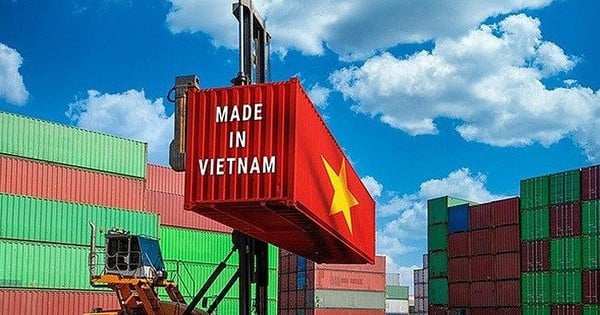
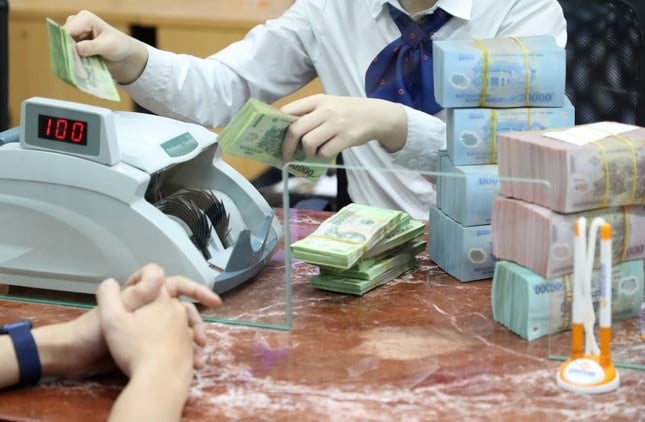
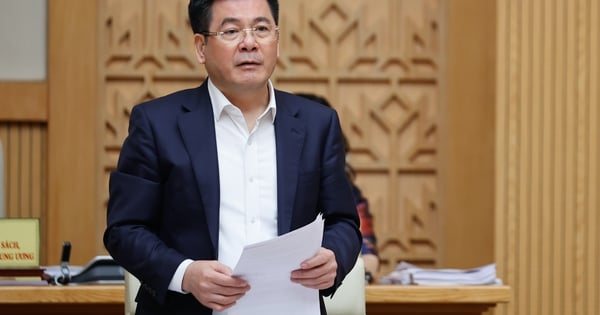
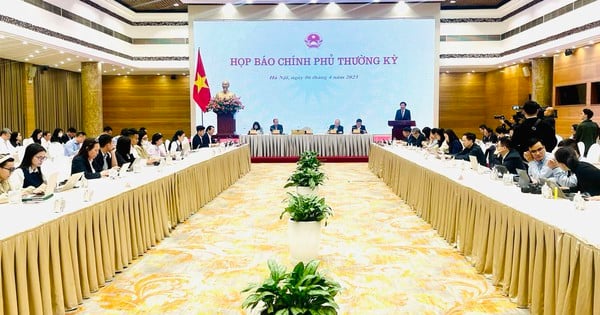




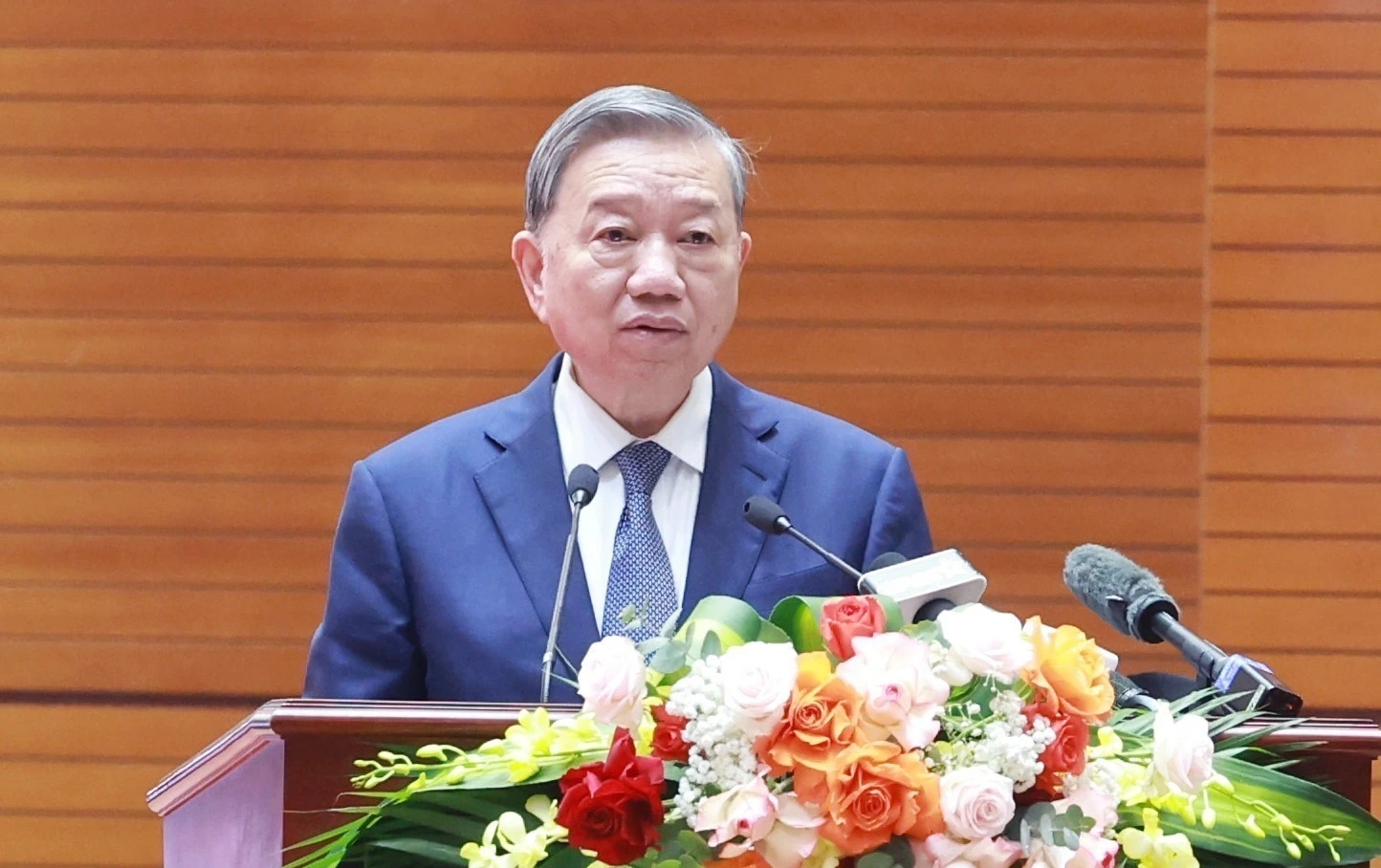

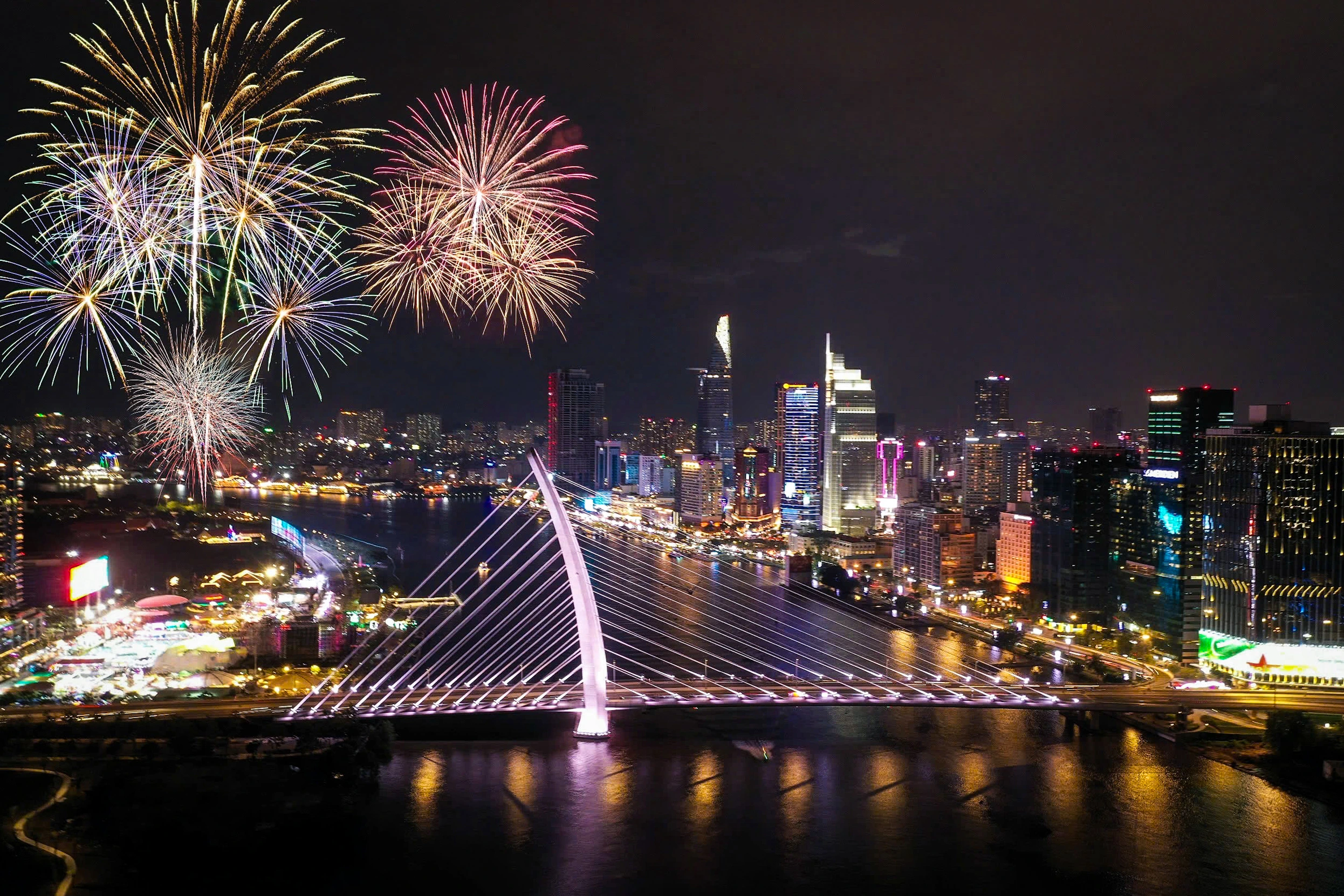

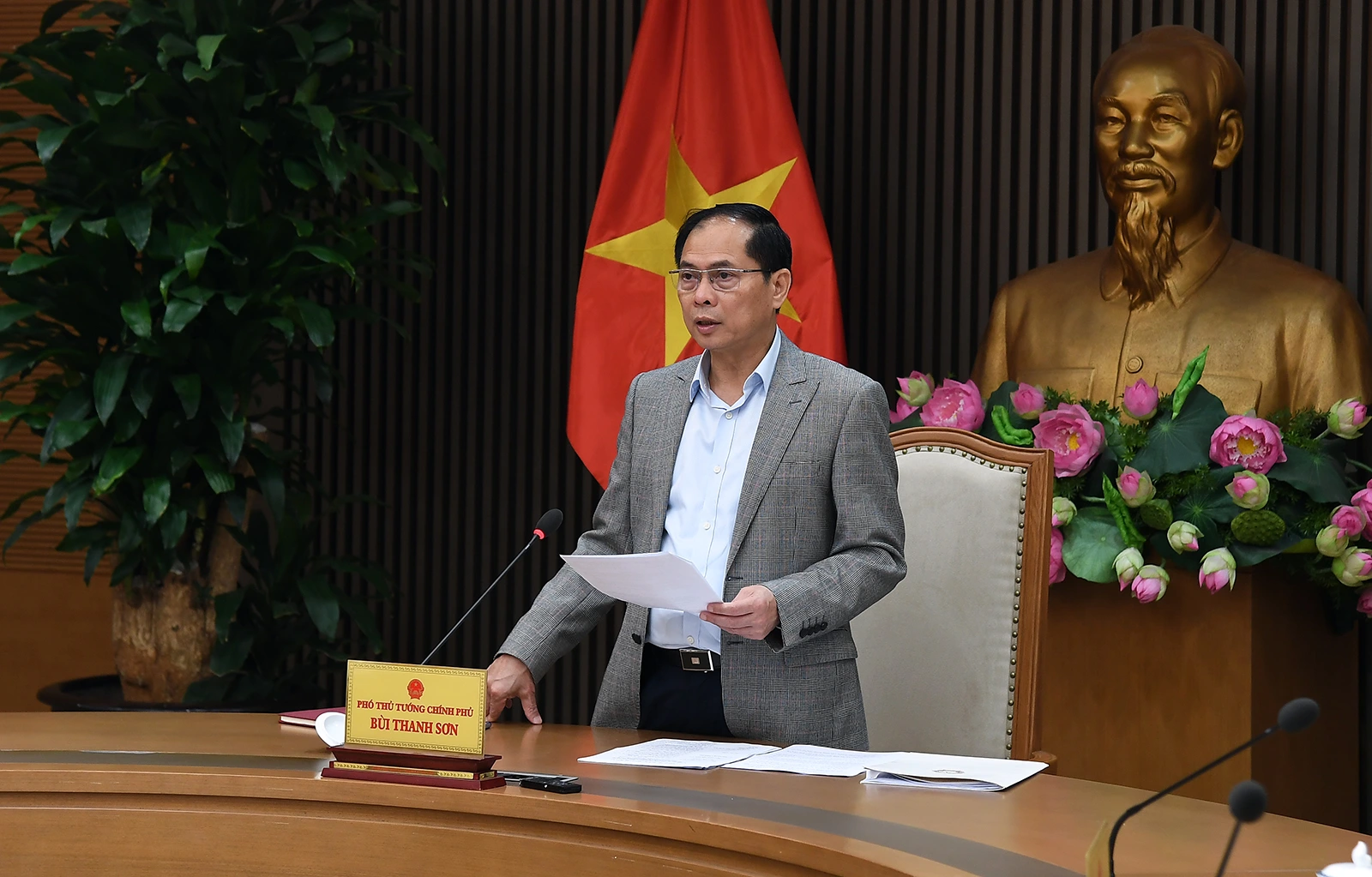










































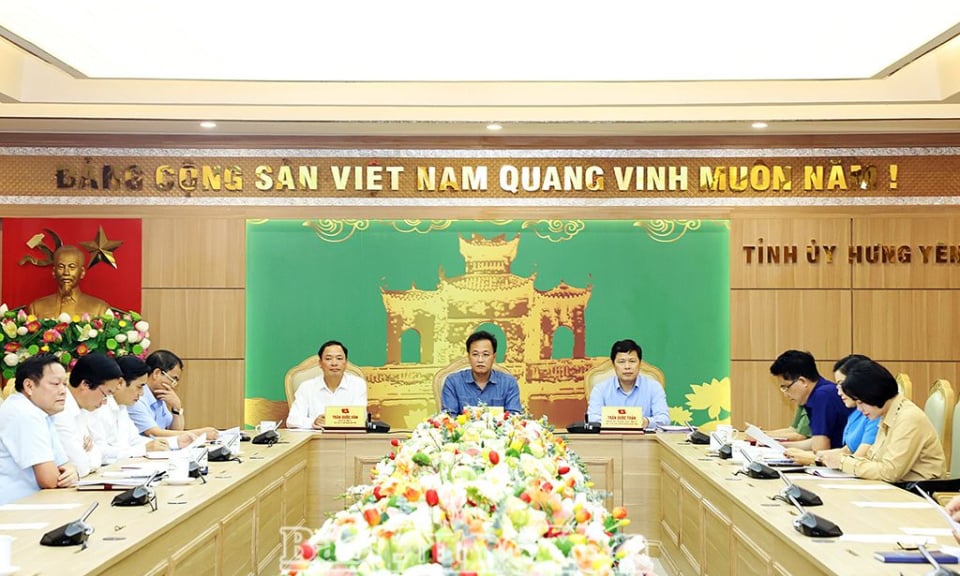
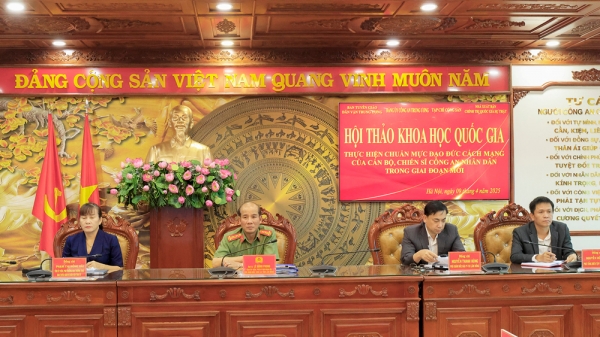

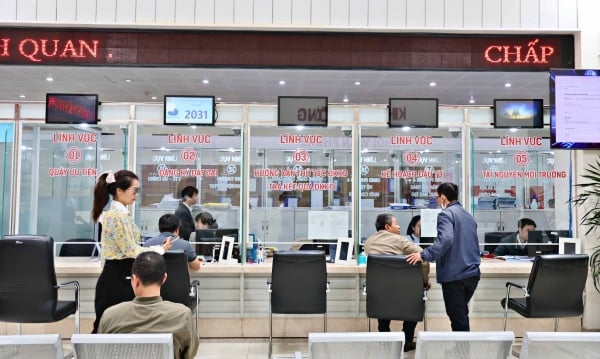
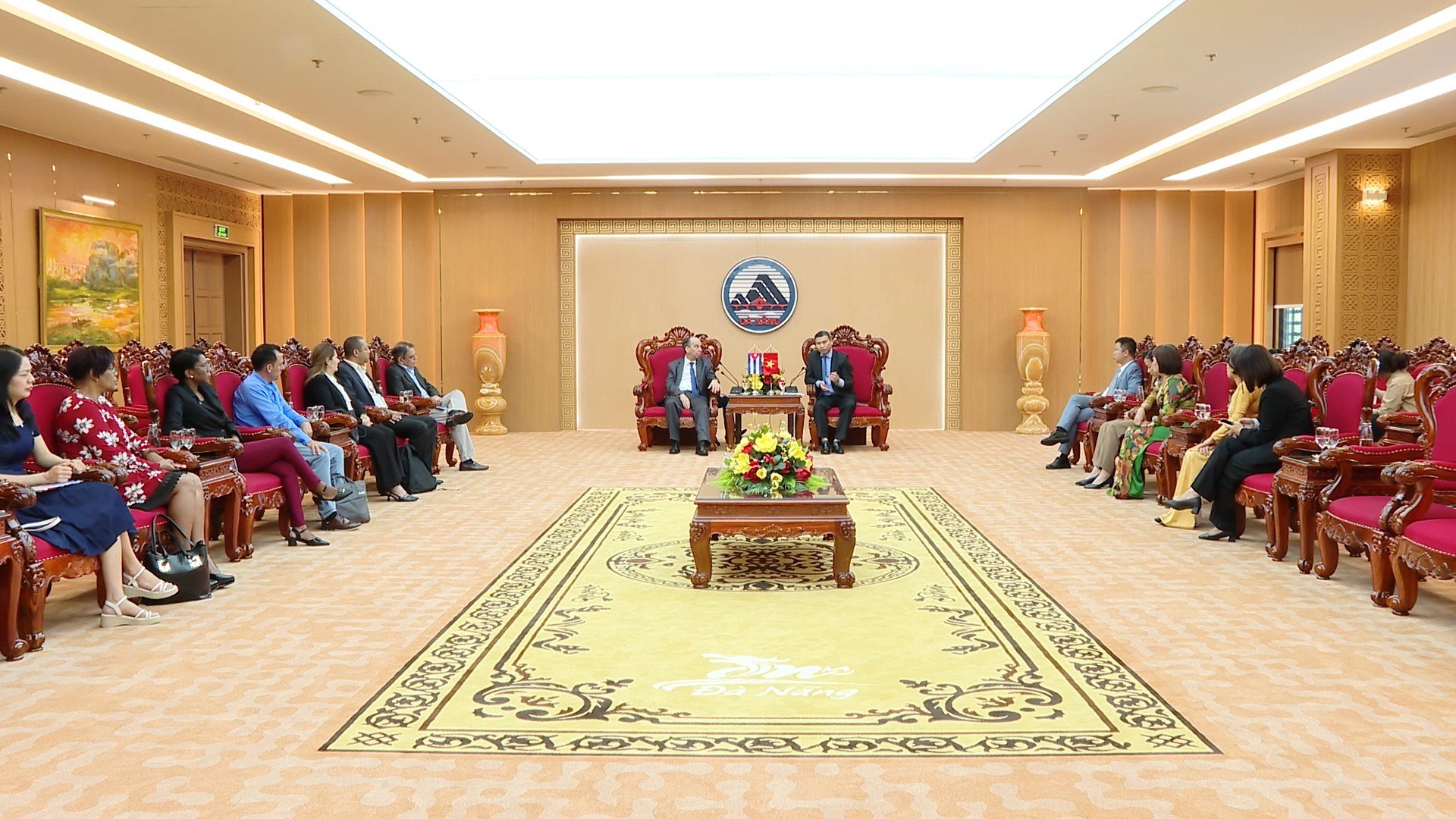











Comment (0)